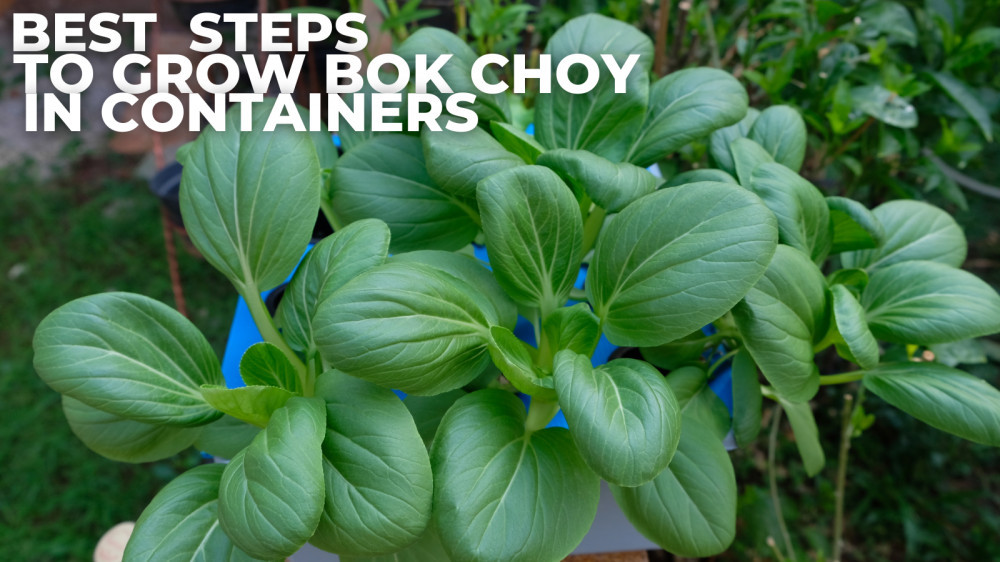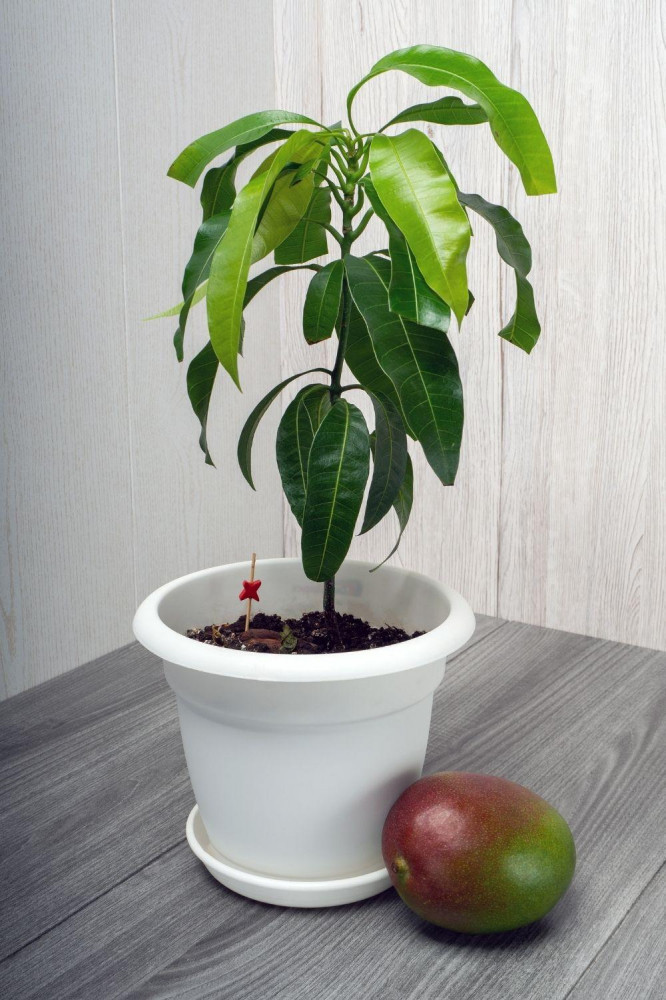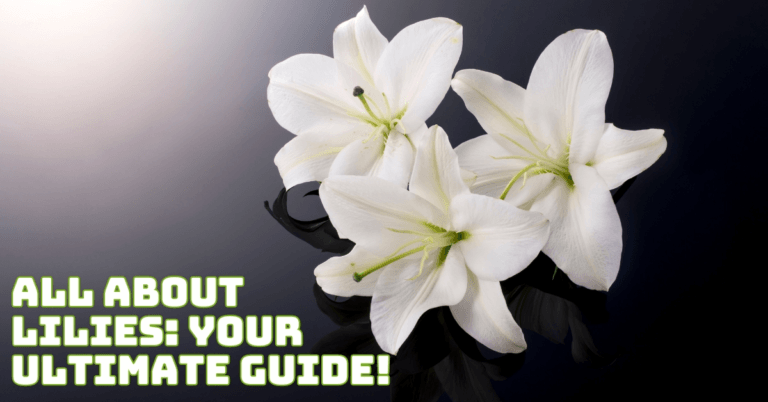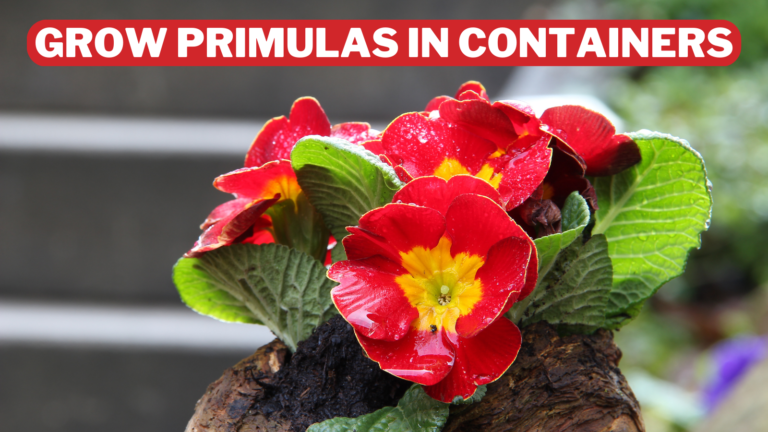Best Steps To Grow Bok Choy In Containers
Best Steps To Grow Bok Choy In Containers
Chinese cabbage, also known as bok choy, is a biennial cool-season vegetable typically harvested for consumption in the first year of growth.
It has smooth, tender leaves surrounded by crisp stalks with a flavour between chard and cabbage.
The stalks of the plants, which are either white or green, resemble smooth, stringless celery and form a good head with outward flaring leaves.
The plant's center produces flower stalks with the cruciferous family's distinctive yellow, four-petal cross.
Learn how to grow bok choy in containers.
What Is Bok Choy?
Bok choy belongs to the genus Brassica, which includes vegetables like broccoli, cauliflower, Brussels sprouts, and cabbage and is classified as a cruciferous vegetable.
A subspecies of Brassica rapa is specifically referred to as Brassica rapa, sub. Chinensis. It shares a family tree with turnips, napa cabbage, and rapini (broccoli rabe).
Bok choy is made up of elongated leafy stalks that radiate out from a bulbous central stem, giving it a shape akin to a bunch or head of celery (although a full-size bok choy has a broader diameter than a bunch of celery).
Depending on the variety, the stems may be white or a lighter shade of green, and the leaves may be flat or ruffled.
Bok choy is occasionally harvested when it is young and sold as baby bok choy. The size of baby bok choy can range from 3 to 6 inches.
It can be cooked whole or chopped like a larger bok choy, with a tendency to be slightly sweeter.
Bok choy can be braised, stir-fried, or roasted and is a common ingredient in Chinese and other Asian cuisines. The only preparation required is to separate and rinse the stalks because the entire plant is edible.
Origin Of Bok Choy
Around 3,500 years ago, in the fertile Yangtze River region of China, bok choy first appeared. It was a popular subject for jade carvers because of its lovely colour and shape.
Bok choy was brought to Korea in the 14th century, where it was fermented to create the earliest kinds of kimchi.
Chinese immigrants brought bok choy to Europe and North America in the 1900s. They used it not only for cooking but also as a remedy for sore throats, coughs, upset stomachs, and as a poultice for skin irritation.
Different Types Of Bok Choy
Let's quickly review the various varieties you might encounter. Plenty of options should be available in a well-stocked Asian or Chinese market. If you enjoy gardening, you could even grow these at your house!
1. Large Bok Choy
You have probably seen items of this kind at your neighbourhood grocery store that aren't Chinese.
Their leaves are dark green and slightly curly, with thick, milky white stems. The stems are sweet and crunchy. Despite being widely available, we hardly use this variety in our kitchen.
2. Dwarf Bok Choy
In Chinese grocery stores, these are occasionally marked with the Chinese word for “cream bok choy” (niyóu báicài). (Don't ask us where these translations come from!
They resemble the large white bok choy you can buy at supermarkets in miniature form, but they are a unique hybrid. They have curly, dark green leaves and shorter, fatter white stems than the others.
3. Shanghai Baby Bok Choy
We typically find Shanghai bok choy in restaurants with flat, spoon-shaped leaves and light green stems.
Due to their incredible tenderness, they are frequently sold in smaller sizes, but most Asian markets still carry larger sizes.
For cooking at home, we adore these more miniature, tender vegetables. They make a much more attractive presentation.
4. Little Bok Choy
I have never seen little bok choy (xiao bai cài), a vegetable, anywhere in the US. It has slightly curly leaves and white to light green stems. It resembles a smaller, thinner version of napa cabbage and tastes excellent when prepared with garlic, salt, and oil.
Grow Bok Choy In Containers
1. Time To Plant Bok Choy
Plant your seeds indoors four to six weeks before the anticipated last frost. To simplify things, keep the pots outside and direct-sow the seeds after the last frost prediction date has passed.
By planting later, you can also prevent pak choi from prematurely bolting, which happens when young plants are exposed to frost or overnight temperatures below 10 C (50 F).
Pak choi plants can also be started in the late summer or fall (autumn), and seeds can be sown up until a few weeks before the first expected frost.
This fast-growing vegetable can be grown indoors and in cold frames until late fall because it can be harvested as soon as 4 weeks after planting.
Pak choi can be grown in fall, winter, and the first few weeks of spring if you live in a warm, frost-free climate (USDA Zones 10–12).
2. Container Requirements To Grow Bok Choy
While bok choy can grow in the same containers typically used to house indoor plants, it requires a much larger container than the typical ornamental.
The pot must have substantial soil that can hold enough moisture because bok choy overgrows and requires a lot of water.
One bok choy plant can be grown one foot wide and 20 inches deep in a conventional container.
Self-watering pots have a reservoir that stores water, allowing you to grow thirsty plants in much less soil.
Bok choy roots are small and grow close to the soil's surface, making it possible to grow one plant in a self-watering container half as large as recommended for a conventional container or four plants in a pot with a 2-foot diameter.
With the help of self-watering pots, you can water your plants without risking disease-causing wet foliage.
3. Soil To Grow Bok Choy In Containers
You'll need organically rich, well-draining soil. Although a pH of 6.5 to 7.0 is ideal, bok choy will grow in soil from 6.0 to 7.5.
4. Grow Bok Choy From Seeds
Planting should start a week before your last frost date if you are sowing directly into the garden. In most cases, seeds germinate in four to eight days. You can also start seeds indoors around four to five weeks before your last frost date.
If you started the seeds indoors, make sure to harden off the seeds before planting. If possible, wait to transplant them until nighttime lows are above 50 degrees.
Otherwise, be ready to cover them with garden cloth. The seedlings will begin to bolt if exposed to frost or cold temperatures for an extended period.
Plant seeds 1 inch apart, ½ inch deep. When the plants are a few inches tall, thin them out and eat them. Thin your plants to a minimum 6-inch spacing if you're growing full-sized plants.
5. Location To Grow Bok Choy
Put the pot in a bright area. The recommended daily amount of sunlight for bok choy is six hours. Ensure the pot receives direct sunlight in the morning and early afternoon if you cannot provide sun throughout the day.
In hot climates, bok choy can tolerate more shade. Move the pot to a shaded area during the hottest part of the summer.
For bok choi, consistent watering is crucial. It may bolt or go to seed as a result of inconsistent watering. To conserve water in the garden, I use a drip system.
6. Watering Requirements For Bok Choy Plants
You might assume your plant will dry out too quickly because Smart Pots are made of fabric. However, if you use high-quality potting soil, the soil will effectively retain the water.
The water draining through the Smart Pot is a good thing! This prevents extra salts and fertilizers from building up in the bottom of the pot and damaging your plant's roots by allowing them to wash away.
7. Fertilizer For Bok Choy Plants
When planting bok choy, amend the soil with organic fertilizer and compost. These plants are heavy feeders and favour potassium, nitrogen, and phosphorus-rich soil.
However, organic feeding ought to be done at planting time. Chemical fertilizers should be avoided during this time.
8. Propagating Bok Choy
Bok choy can be propagated to make the plant's leftovers usable, and the rest can be thrown into the compost bin.
Bok choy can be multiplied most easily by soaking scraps in a bowl or jar of water. How to grow bok choy in water is shown here.
- Chop the base of the bok choy away from any remaining leaves using a big, sharp knife. (A few tiny leaves still present are acceptable.) 2 to 3 inches tall should be the size of the base. You can use a stalk of bok choy you bought at the store or some you have grown yourself.
- Place the bok choy base in a small bowl with about 1 inch of warm water.
- Place the bowl on a window sill in the sun.
- Every other day or whenever it becomes cloudy, change the water. To keep it moist, mist the base with clean water in a spray bottle every other day.
- The base will appear to be dying in about a week, but hold onto it; while it turns yellow, the center will turn pale green and darker green.
- The center will display leafy new growth a week or so later. At that point, you must transfer the base to a pot filled with potting soil draining well. Ensure the pot (made of any material) has drainage holes.
- So that only the tips of the new leafy growth protrude slightly, bury the base in the pot.
- Give the newly transplanted bok choy plenty of water, but avoid drowning it or soaking the soil.
- If the time is right, you can remove the new leafy base from its water and plant it in a pot or outside.
9. Temperature And Humidity For Bok Choy Plants
In all United States hardiness zones, bok choy is an annual plant. It thrives in cooler climates because dry, hot weather can hasten the premature bolting of bok choy.
Although this vegetable is not as winter-hardy as Asian greens with smaller leaves, it may be in USDA Hardiness Zones 4 to 7 when the winter is mild. It might, however, quickly bolt the following spring to seed.
10. Spacing, Depth, And Support For Bok Choy Plants
It is recommended to space seeds ½ inch apart and ¼ inch deep. If planting seedlings, leave 6 to 12 inches between each for healthy growth.
Bok choy grows best when planted in rows that are 18 to 30 inches apart from one another. Bok choy should be grown in rows 18 to 30 inches apart if growing more than one row.
Bok choy can be harvested continuously if new plants are added every two weeks. Bok Choy doesn't need any sort of support system.
Pests & Diseases Of Bok Choy Plants
Bok choy is prone to various insect pests and diseases, even when grown in a container.
Always remember that prevention is preferable to treatment because it is much less expensive than removing sick plants, starting from scratch with new containers, and growing medium.
Pests can also facilitate the spread of bacterial and fungal diseases.
Pests Of Bok Choy Plants
It is practical to easily cover all the vegetables you are growing in containers to keep out some insects and move them away from other plants that may be affected.
Growing your bok choy under a row cover can keep insects out while allowing water and light to reach the greens if specific bugs are common in your area.
Once the plants are established, make it a point to regularly check the leaves to ensure that no insect larvae are preparing to eat the crop. Observe the following, to name a few:
Aphids
These disgusting little sap-suckers enjoy eating brassicas, such as pak choi and can spread the turnip mosaic virus.
You might be able to get rid of them with a strong spray from the garden hose if you appear active and catch them before they have had a chance to spread widely.
Neem oil or insecticidal soap treatments may be necessary to get them under control if they become more pervasive.
Diamondback Moths
These pretty moths lay eggs, and when the larvae hatch, they eat your nutritious bok choy. You may even see the tiny chewing monsters poking their heads out between the leaves.
To keep the larvae under control, use Bt or spinosad.
Cabbage Loopers
After battling these specific inchworms, you won't want to sing any nursery rhymes. They are about two inches long and will rip your prized crop of Asian greens in half.
Natural predators like ladybugs are the first line of defence, but some gardeners also use pyrethrins or Bacillus thuringiensis (Bt).
Diseases Of Bok Choy
Since insects can spread dangerous bacteria and fungi, reducing insect pests can help prevent several diseases.
Additionally, try to water at the soil line rather than above because wet leaves have a much higher chance of developing bacterial and fungal diseases the following day. Additionally, spreading soil over the plants can result in disease problems.
Downy mildew and other fungi can be avoided by having enough airflow.
Black Rot
Xanthomonas campestris pv. campestris is the causative agent of this bacterial infection. It will be easy to spot thanks to the yellow spots it leaves on the leaf edges.
They'll continue to get darker until they turn completely black and kill your pak choi.
Damping Off
This one breaks your heart because it attacks young seedlings at the roots and annihilates them. Since damping off is brought on by fungi like Rhizoctonia, Fusarium, or Pythium water moulds, all of which live in soil, there is no need to fill containers with regular garden soil.
Downy Mildew
This disease causes a white powder to appear on the undersides of the leaves. Two excellent ways to safeguard your plants are to properly space them apart and keep weeds out of the containers as they thrive in warm, humid growing environments.
Harvesting Bok Choy
Bok choy should be ready for harvesting 45 to 60 days after seed germination, depending on the variety and the weather. To encourage the inner leaves to keep growing, harvest the plant's outer leaves.
Slice the plants off at about 1 inch above the ground after you've harvested what seems like all the leaves, and they should resprout on their own. Alternatively, you can propagate in water. Although smaller, the replanted plants will still be delicious. Add the young, tender seedlings removed during thinning to salads or stir-fry dishes.
How Long Does Bok Choy Last?
Depending on how you've stored it, bok choy can last a while. It can last three to six days in the refrigerator if kept properly.
You should keep it in a plastic bag in the refrigerator to extend its shelf life and only wash it before using it.
Bok choy will keep its best quality and be safe to eat for a lot longer if you store it in the freezer for up to a year. If your bok choy has become unusually soft or appears discoloured, eating is no longer safe.
Conclusion
It is disappointing if your local market doesn't carry or has run out of bok choy because stir-fries, spring rolls, and potstickers cannot be made without them.
If you lack space for a large backyard garden, container gardening is a great way to grow vegetables like chard, zucchini, and bok choy.
I trust you enjoyed this article on the Best Steps To Grow Bok Choy In Containers. Please stay tuned for more blog posts to come shortly. Take care!
JeannetteZ
>>>Please click here to read my all-inclusive article about Container Gardening<<<
>>>Are you interested in homegrown herbs and medicine? Please click here to find out more about it!<<<
Your Opinion Is Important To Me
Do you have thoughts, ideas, or questions? I would love to hear from you. Please leave me your questions, experiences, and remarks about this article on the Best Steps To Grow Bok Choy In Containers in the comments section below. You can also reach me by email at Jeannette@Close-To-Nature.org.
Disclosure
This post may contain affiliate links. As an Amazon Associate and other affiliate programs, I earn from qualifying purchases at no extra cost to you. Read my full affiliate disclosure.
You might also enjoy these blog posts:
Best Steps To Grow Oranges In Containers
Best Steps To Grow Turmeric In Containers
Best Steps To Grow Saint John's Wort In Containers
Best Steps To Grow Milk Thistle In Containers
Best Steps To Grow Ginseng In Containers





















